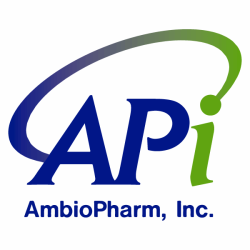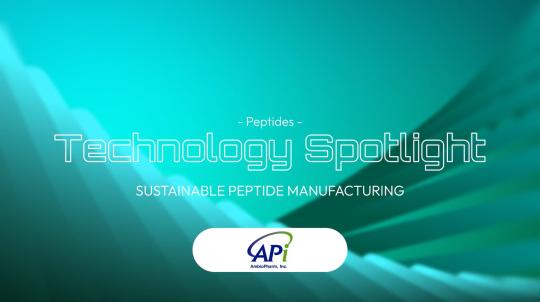You could argue that the beginnings of the prevalence of type 2 diabetes began 10,000 years ago when human beings began transitioning from hunter-gatherer societies to agrarian civilisations. Michael Pennington, CSO of AmbioPharm, argues that type 2 diabetes only became as widespread as it is due to humanity’s increased consumption of grain-based food.
Unlike type 1 diabetes, Pennington makes the case that type 2 is entirely preventable and can be reversed through lifestyle modifications like diet and exercise. However, due to increased obesity rates, the market for type 2 diabetes treatments is expected to grow significantly. This is also driven by the demand for GLP-1 agonists, a diabetes treatment and appetite suppressant which has exploded in popularity due to pop culture notoriety and celebrity endorsements.
Peptide therapeutics, including GLP-1 agonists, are critical in treating type 2 diabetes and obesity, with several key peptides being researched and developed. In this presentation, Pennington charts the discovery and development of GLP-1 agonists from their beginnings to the modern day. Starting with exenatide from the Gila Monster's saliva, up to how they have revolutionized diabetes treatment.
However, producing peptides like GLP-1 analogues at a large scale presents challenges, including aggregation and stability issues during purification. Pennington therefore presented AmbioPharm’s peptide synthesis approach for large scale production and purification which meet the rapidly growing demand for these drugs.
The company’s hybrid peptide synthesis approach involves breaking peptides into smaller fragments to improve yield and purity while reducing costs. He presented a case study on a GLP agonist which demonstrated that hybrid synthesis significantly improved crude quality and scalability compared to solid-phase synthesis.
Pennington concluded by emphasising the importance of hybrid synthesis for large-scale peptide production and the ongoing efforts to optimise this process.



